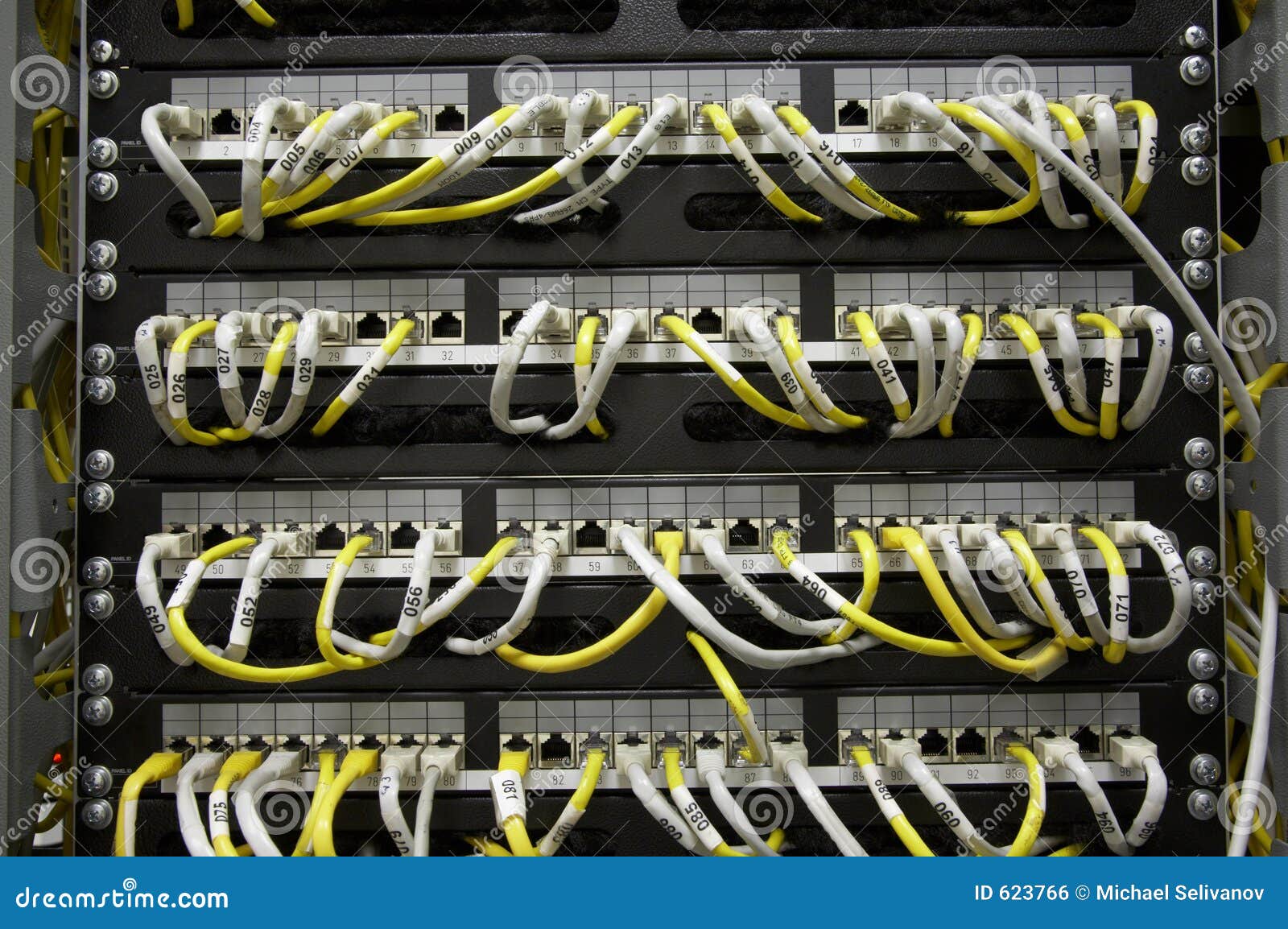

- #Raw ethernet packet sender how to
- #Raw ethernet packet sender driver
- #Raw ethernet packet sender software
#Raw ethernet packet sender software
There are difficulties and side effects of both of these, which increases the software difficulty immensely. Non-pro applications solve this by doing sample rate conversion or just simple drop/duplicate samples as the audio clocks drift. Doing it in a way that the two devices have a synchronized audio clock is difficult. Your application doesn't sound like pro-audio, but the software task is still not trivial.Īudio Clocking: Transmitting the audio data from point A to point B is relatively easy. The closer you want to pro-audio performance the harder it is. Software: The hardware is honestly the easy part. (This is pro-audio only, and does not include VOIP or other non-pro products.) Odds are very high that you have heard products where I have designed the audio over ethernet circuitry in them. Call me, landline, BR-549.Before I get into details, let me say that I have probably designed more professional-audio over Ethernet hardware than anyone else- both in terms of number of different PCB designs as well as number of PCBs manufactured and shipped to end customers. However I'd like to code for you! If you've got the dime then I've got the time. I like to program if you could call what I do programming. So you are not going to send or receive ethernet at that layer. Note that in the image below Socket is in layer 7, the application layer. As Layer # 2, the Data Link Layer is the layer that Ethernet is initiated on. Maybe Reed will respond to this thread as to why.īut I would guess it has to do with where (what layer) in the OSI layer or something that you are trying to get access to in order to do something.
#Raw ethernet packet sender driver
I don't know much about these things but that post leads me to believe that you require a driver in order to do what you want to do. Monkeyboy posted uses an NDIS driver" or something to that effect. To make a long story short the thread about this same question had a response by Reed Kimble, a forums moderator, as the last post in the thread which said something like "I was going to mention you can't do this without a driver but I can see the link Then I deleted that post and put the new post in that has the five links in it. Originally I posted a link to a thread about this same question.
#Raw ethernet packet sender how to
I appreciate the links for vb.net conversion and how to use a driver,īut I was hoping to get more specific information on how to create this without a driver. VB.net has the socket setup, and I was hoping to set certain options within that setup to allow me to produce a raw ethernet packet. I would prefer to not have to use a third party driver.Įither. Any suggestions on possible options I can set to send out these ethernet packets? Any and all help is gladly welcomed. Here is some of what I have tried:ĭim socket = New (,, ) My code, however, isn't sending the right protocol to get the device to respond.

I want to send a broadcast packet, and receive a ethernet packet. There is of course the code project I know some of you will link to, but that as well uses the WinPCap driver. Were to use WinPcap driver, but that uses the console. I saw other similar questions but it didn't have a proper solution. I'm looking to recreate a packet in my vb.net application of a "x8033" protocol (as defined by Wireshark). I posted this on stack overflow () but was getting no response.


 0 kommentar(er)
0 kommentar(er)
